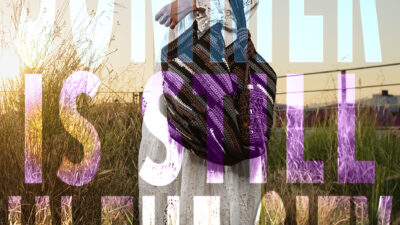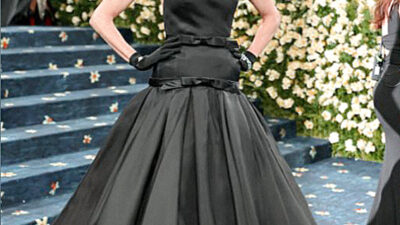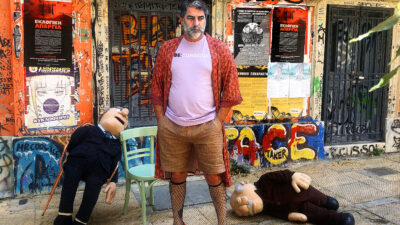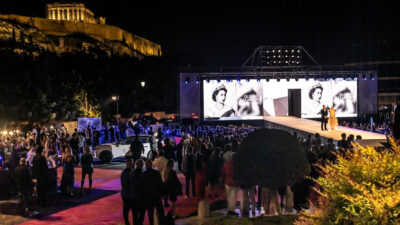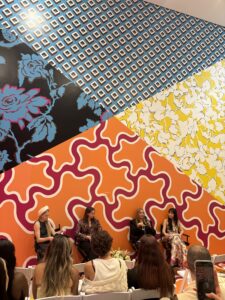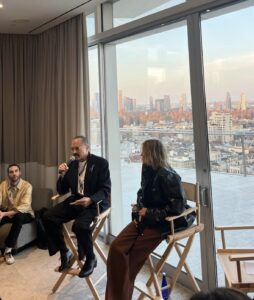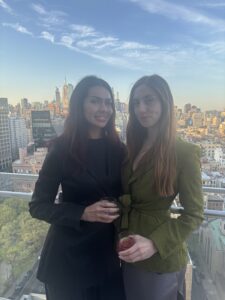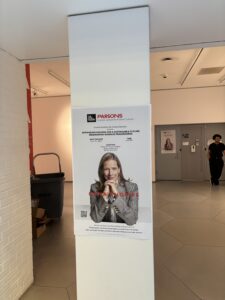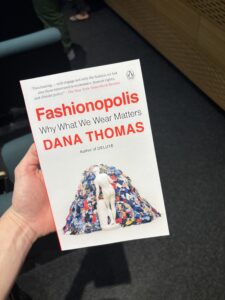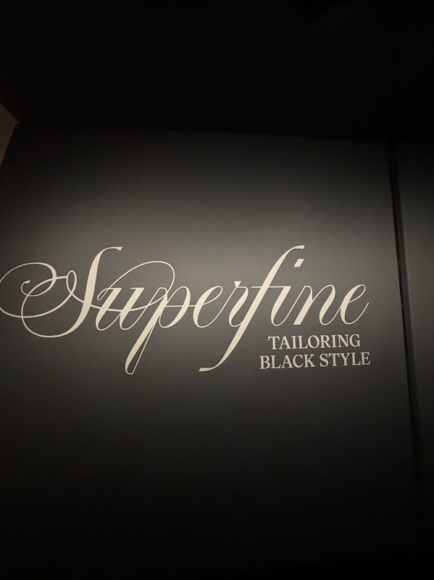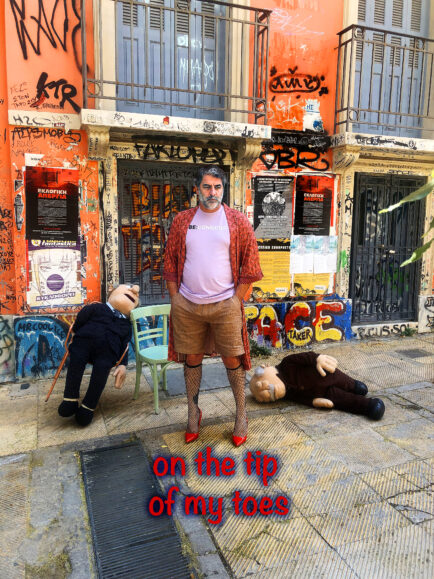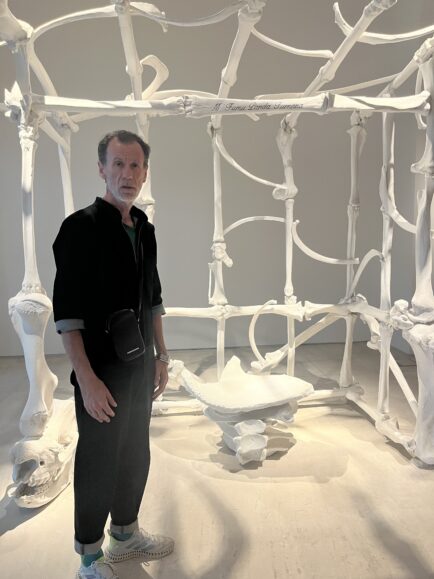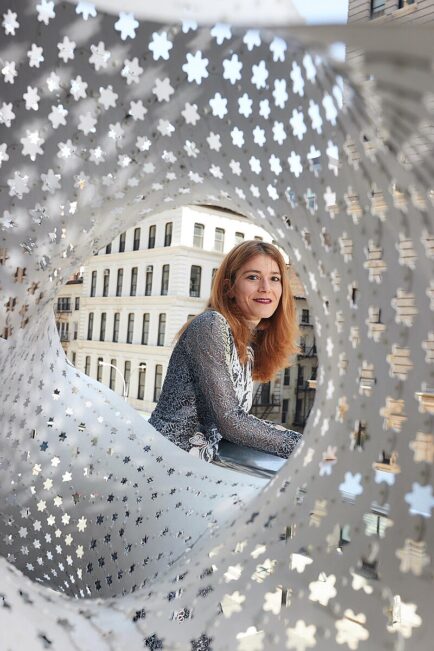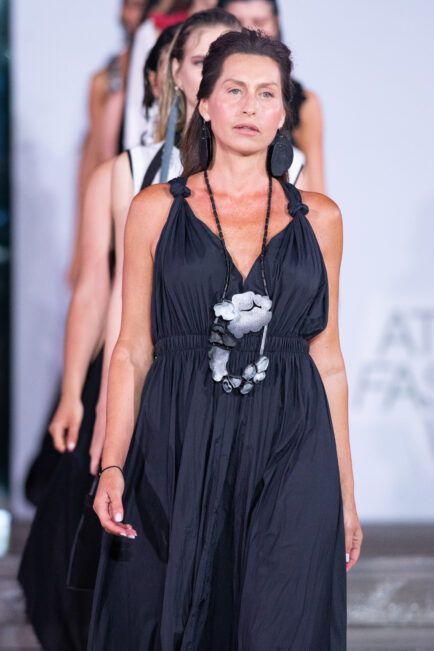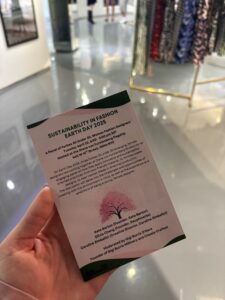 Fashion in Action: Earth Week Through the Eyes of Dimitra Malkogianni, the Ethical Ode Representative at New York.
Fashion in Action: Earth Week Through the Eyes of Dimitra Malkogianni, the Ethical Ode Representative at New York.
During the week of April 21st, three powerful events, each offering a different lens on ethical fashion, social justice and what it means to build a better future through our work.
Event 1: Forbes 30 Under 30 Panel at DVF – Innovation, Identity & Sustainable Leadership
On April 22, Earth Day, the Forbes 30 Under 30: Women Fashion Designers panel at the Diane von Furstenberg flagship in the Meatpacking District.
The event featured four remarkable women reshaping the future of fashion:
- Kate Barton, known for her sculptural, zero-waste design techniques
- Olivia Cheng, founder of Dauphinette, celebrated for turning preserved nature and food waste into wearable art
- Caroline Zimbalist, a designer innovating with homegrown biomaterials
- Moderated by Gigi Burris, founder of Closely Crafted
The panel centered on how sustainability extends beyond materials, it’s embedded in process, business models and everyday decision-making. A key message was clear:
“Sustainability isn’t just about the present—it’s about designing systems for the future.”
Each designer brought a distinct perspective. Caroline Zimbalist spoke about creating bioplastics from spirulina and tapioca in her kitchen. After getting sick from testing toxic compounds, she doubled down on her commitment to safer, more responsible materials.
Olivia Cheng brought levity and depth, sharing stories of collecting discarded flowers and food scraps, and even using insects in her pieces. Her philosophy:
“It’s not just about inspiration—it’s about making something real and beautiful from the world around us.”
Kate Barton, whose work I’ve seen up close, shared how her unconventional journey into fashion, lack of formal training, led her to a deeply experimental and problem-solving approach. During the pandemic, she developed her own zero-waste techniques, proving that innovation and sustainability can come from intuition, not just institutions.
All of the panelists emphasized the value of local production and strong personal relationships, working in the same time zone with partners, visiting the manufacturing studios and maintaining close-knit teams. They highlighted how this not only supports ethical practices. but also nurtures creative freedom. When asked for advice on how consumers can be more sustainable, Olivia Cheng left us with a question that lingered:
‘What is this made of—and why do I want it?”
Event 2: “Creatives for Freedom” – A Night of Art and Advocacy
On April 23, Dimitra attended the launch of the ACLU’s Creatives for Freedom initiative with Gabriela Hearst, one of the event’s co-hosts. Held at The Standard in East Village, the evening brought together fashion leaders, artists, and advocates to spotlight the power of creativity in protecting civil liberties.
The event opened with a conversation between ACLU leaders Cecillia Wang and AJ Hikes, who spoke about the role of artists in moving hearts and building momentum for social change. As Wang shared, while lawyers fight in the courtroom, it’s often creatives who inspire public action.
Co-hosts Willy Chavarria and Padma Lakshmi echoed this message, calling for unity and purpose in the face of ongoing threats to democracy. Gabriela Hearst, known for her commitment to sustainability and activism, expressed her long-standing support of the ACLU and the importance of using creative energy to fight for rights like free speech, reproductive freedom, and privacy. One of her quotes was:
“We are here to turn our frustration into action”
The initiative will continue throughout 2025, partnering with artists, musicians and brands to drive awareness and action. As someone passionate about purposeful fashion, it was inspiring to witness how the creative world is coming together to defend human rights and drive real change.
Event 3 : Dana Thomas at the Gromek Institute – Rethinking Fashion for a Sustainable Future
The third event that significantly shaped my understanding of the fashion industry’s current challenges and future direction was a talk by award-winning journalist and author Dana Thomas, hosted by the Gromek Institute at Parsons. Known for her books Fashionopolis and Gods and Kings, Thomas offered a sharp, deeply researched critique of the fashion system, one that positioned sustainability not as a trend or marketing angle, but as a moral and business necessity.
Drawing from a wide range of sources, including investigative reporting, interviews, and firsthand accounts, Thomas painted a sobering picture of overproduction and its global consequences. She shared that the industry produces an estimated 100–120 billion garments annually, though the true figure remains uncertain due to brands’ lack of transparency. Shockingly, the average garment is now worn only seven times and in some countries as few as three. Her critique of post-COVID hyperproduction, like Dior releasing 52 collections a year, exposed how quickly the industry reverted to harmful patterns.
One of her most resonant insights was how little reliable data exists about production, waste and resale. What she called “fuzzy math” made the audience realize how much of the industry’s narrative is built on rough estimates rather than enforced truth. This reinforced her argument for legislation and regulation, particularly pointing to the EU’s steps toward mandating supply chain transparency.
Thomas challenged us to rethink beyond labels and appearances. She exposed the myth of “Made in Italy” tags, explaining how garments often receive that label despite being almost entirely produced elsewhere. This, alongside her reminder that waste in the fashion industry is often exported to places like Ghana and Kenya, illustrated how fashion’s problems don’t disappear, they’re displaced. These hidden costs, whether environmental or human, are central to her argument that true sustainability means accountability, not just cleaner branding.
One particularly powerful moment was when she unpacked the origin of the term “carbon footprint,” revealing it was created by the oil industry, to individualize blame and deflect from corporate responsibility. This revelation reframed how I think about personal versus systemic action in sustainability.
She also explored the labor challenges involved in reshoring production to the U.S., pointing out that many factories struggle due to a national shortage of skilled workers. This, she explained, is the result of decades of disinvestment in home economics, sewing and craft education, compounded by immigration restrictions and lack of government support. In contrast, brands like Hermès still train artisans for years before allowing them to produce key products, demonstrating that quality and responsibility require time, care and investment.
Thomas didn’t just diagnose the problems, she pointed toward alternative paths. She highlighted models like made-to-order production, B Corp certification, and small independent brands operating outside the demands of mass retail. But she was also realistic about the structural changes needed in education, policy and investment to make these models scalable and inclusive.
Her investigation into fast fashion take-back programs, such as H&M’s garment recycling bins, exposed the performative nature of many corporate sustainability efforts. She mentioned that a young lady tracked donated garments with GPS chips and many of which ended up in landfills or were shipped overseas, rather than being recycled as promised. This example drove home the disconnection between what brands say and what actually happens.
What stayed with me most was her statement: “You have to decide if you want to be inside or outside of the machine.” It validated my own instinct to prioritize purpose over hypergrowth and to think critically about how and why a business is built. Her talk was a clear call to future fashion leaders: understand the system deeply, question what you’re told and decide consciously how you engage with it.
Spending Earth Week in New York City reminded me that sustainability in fashion is no longer a distant ideal, it’s a growing reality shaped by designers, activists and institutions willing to challenge the status quo. From Kate Barton’s zero-waste techniques, to Gabriela Hearst’s commitment to channeling creativity into activism through her support of the ACLU, to Dana Thomas’s urgent call for systemic reform, I saw how innovation, transparency and advocacy are converging to shape a more responsible future for fashion.These experiences made me reflect on Greece’s own fashion scene. While local artisans and small-scale makers already offer a strong foundation, there is still much to learn in terms of policy advocacy, education and scaling ethical production.
Dana Thomas ended the night by generously gifting signed copies of Fashionopolis, a book I’m eager to dive deeper into. Her work and the collective spirit of Earth Week, left me feeling inspired to not only participate in the sustainable fashion movement, but to help bridge it across borders.
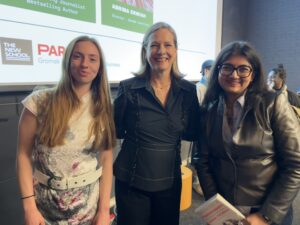 Lana Thomas with the Ethical Ode Representative Dimitra Malkogianni
Lana Thomas with the Ethical Ode Representative Dimitra Malkogianni

